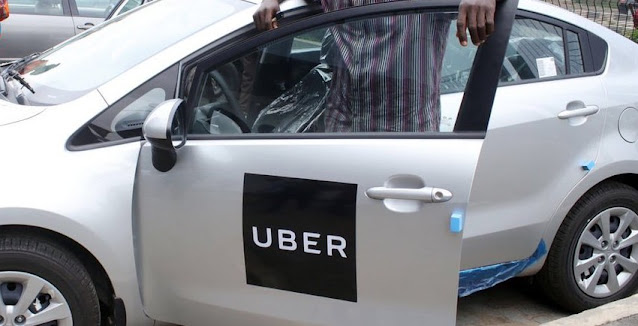Both Streaming and Ubering/Olaing were designed to improve the user experience. But they were so revolutionary that they ended up changing consumer behaviour, and everyone wanted to get in on it. Until a few years ago, I didn’t even consider buying a car, and now, it’s all I think about every time I open a taxi app. And with content – it is almost impossible to find something good to watch, to the point that I watch reruns or old shows.
The market of both taxis and content has expanded so much that there is an oversaturation in both industries. And this oversaturation has actually led to a reversal in consumer behaviour. It’s interesting because a couple of years ago, the start-ups that were doing the best were the ones who didn’t create new products but organised them to improve user experience – like Alibaba/Uber/Ola/Netflix. Uber was marketed as a taxi app that didn’t own any cars, and streaming platforms were movie apps that didn’t own any of the content on them. But now that both the streaming platforms and Uber/Ola are operating at scale, consumer behaviour has also changed.
The difference is that in the content industry, there is a generic oversupply, not necessarily specific, and in the cab industry, there is an overdemand. But what’s interesting is how this oversaturation on either end has resulted in consumers replicating old behaviour in a new media landscape. With content, it means torrenting and piracy and cable, and with Uber, it means people are looking to purchase cars again or looking at alternatives around instant booking or collaborative solutions. In streaming, the plethora of platforms offering subscriptions have conjured it into a new age Tata Sky, with similar discussions around the movies and the tv shows available on each platform.
Now, this is the interesting part. If you look at projected trends for the future of content, all the statistics point to how a clearly defined and targeted audience is what is going to be the biggest draw of any content platform. Even on an influencer level, it has been demonstrated that posting in-depth content about a specific topic gains more of a following than posting content about a wide range of topics. So this means the streaming platforms are moving directly against the trend! By rapidly acquiring and showcasing content without any connection to each other, they are minimising the draw of the customer, and quite simply overwhelming them.
In fact, niche, local markets are being set up, and people have started using those instead of the more generic markets, because of guaranteed quality and/or availability. There’s Apple TV in content, and innovative systems around private taxis in transport, like Zoomcar. In Bangalore, DriveU is used widely among friend circles. ‘Niche’ itself is the new platform. People are seeking like-minded content across platforms, and large platforms are losing steam as they are unable to customise.
And then, there is the People Principle – the app interface with cabs, which is that you get your work done without dealing with people, has backfired. Customers would now rather call and make bookings since, with a person on the other end, there is accountability. With content – the discovery of new shows and films is reverting to word-of-mouth recommendations. And platform credibility is getting hung on the coffin nail of the content it chooses to showcase. One will get the drift when one considers how one chooses the platform to browse on a desultory day with nothing to do. Basically, the trend of content is personalisation. It matters in stories, and it matters even in booking cabs. People want to feel that an experience has been tailor-made for them – the dissatisfaction with content is that the experience no longer seems to be tailor-made for the user.
The takeaway is that as an organisational model, when you operate at scale, the strategy that made your company such a success has to change because, at scale, it becomes a different company entirely. You made the customer dependent on a new way to operate, which opened an opportunity to scale the minutae, as they existed before the scale. And that is true consumer behavior change. The answer here could be collaborative content, rather than acquisition of content. When I was a child, my favourite episodes on Disney were the ones in which Hannah Montana, Suite Life of Zack and Cody, and Wizards of Waverly Place would come together in a crossover episode. If all of these elements were put into one show, it would have become too much and too many. But when these separate identities interacted together to create a brand new story, we kids knew we were in for something special. And this is the rising trend, with content becoming more and more entrepreneurial in nature and personal brand-focused.
On an influencer, bite-sized level, this certainly seems to be the trend. Crossovers, collaboration, or in other words, co-creation. It has already started, with writers becoming a brand and powerhouses of their own, and being brought in to bring their way of seeing to a script – much like Phoebe Waller-Bridge, of Fleabag fame, was brought in to invigorate the James Bond script with her own brand of humour.
It is almost impossible to book an Uber these days, just as it is impossible to find anything good to watch. Both taxi apps and content platforms could benefit from localised thinking in their expansion – that is, when you expand, how do you also solve for keeping the user experience tight? How do you become large without also becoming generic? It points to one thing only – when there is too much content, it is as good as no content. In other words, the Uber Phenomenon has arrived in the content industry.
The Uber Phenomenon in Content
- Advertisement -

